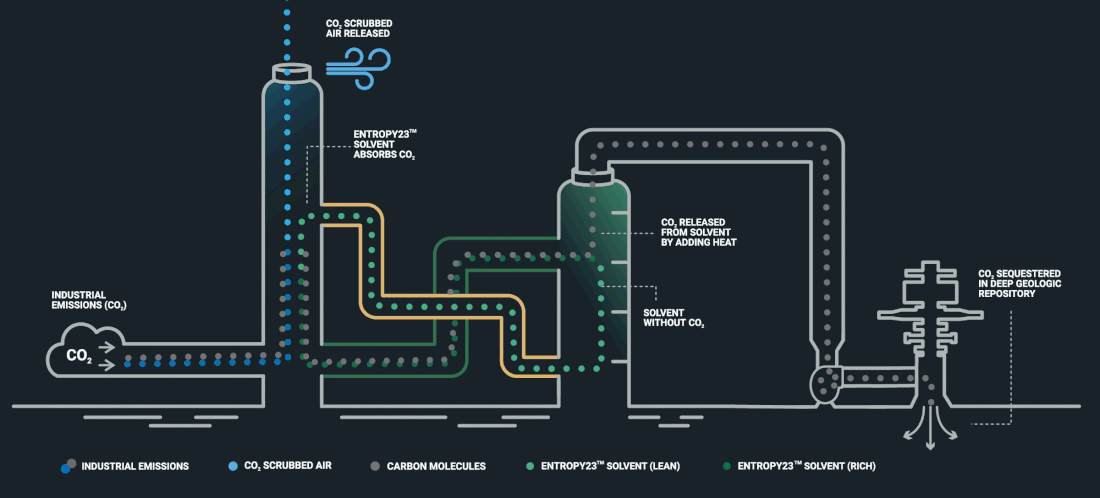As the deglobalization trend continues, national governments and their corporate partners are establishing manufacturing clusters meant to enable localized production. The latest country to follow the pattern is Canada, whose Next Generation Manufacturing Canada (NGen) recently unveiled a substantial investment in the future of advanced manufacturing across the nation through the Global Innovation Cluster program. The initiative, announced at the inaugural N3 Summit in Toronto, signals a pivotal moment for Canada, especially in the area of 3D printing and the broader reshoring efforts aimed at rejuvenating the Canadian manufacturing sector.
NGen’s latest funding announcement of over $32.3 million, coupled with a $54.4 million industry contribution, is setting the stage for 15 new advanced manufacturing projects. Valued at a total of $86.7 million, these projects underscore a collective mission to usher in a new era of innovation, sustainability, and competitiveness for Canadian manufacturing.
As is key among these national initiatives, additive manufacturing (AM) is playing a central role. Among the highlighted projects is “Metal Additive Manufacturing of Next-Generation Biomedical Lattice,” spearheaded by the Orthopaedic Innovation Centre Inc., along with collaborations from OrthoPediatrics Canada and Spinologics. This project aims to advance the biomedical sector through the development of advanced lattice structures for medical applications.
Similarly, the “Micro-Factory Deployment and Integration Project” led by Mosaic Manufacturing Ltd., alongside Microart Services Inc. and Wrmth Corp., emphasizes the role of 3D printing in enabling agile and efficient manufacturing processes. By focusing on the deployment of micro-factories, this initiative is poised to demonstrate how 3D printing can offer scalable solutions to the manufacturing industry, particularly in the context of reshoring operations.

Mosaic’s automated 3D printer Array. Image courtesy of Mosaic Manufacturing.
In 2022, 3DPrint.com highlighted the Canadian manufacturing ecosystem as ripe for the adoption of AM and increased growth for the 3D printing sector there. In particular, Canada’s oil sands are one of the largest oil reserves in the world, and the country is a substantial producer of natural gas. At the same time, the Canadian government executed its first carbon contract for difference, meant to support the scale up of carbon reduction technology while stabilizing the price for carbon credits.
Through the Canada Growth Fund, the nation invested $200 million direct investment and complementary carbon contract for difference to carbon capture and sequestration (CCS) firm Entropy Inc. The funding will allow Entropy to scale up its CCS operations at the natural gas plant of its original parent company, Advantage Oil and Gas (TSX: AAV) with the goal of reducing emissions at the plant by 2.8 million tonnes over 15 years. At the same time, Entropy is able to purchase up to 185,000 tonnes per year of carbon credits for 15 years at an initial price of $86.50 per tonne. This fixed price is meant to push the company to buy carbon credits and introduce stability to the carbon credit market.

The concept of CCS and carbon credit markets are often bugbears to environmentalists, who see them as methods for extending the life of the fossil fuel industry and delaying the adoption of more immediately impactful changes. Regardless of such valid concerns, it is also true that the global economic system is so intertwined with the fossil fuel industry that a rapid shift would likely cause an economic collapse. In either case, the world’s most vulnerable will bear the brunt of the damage.
Irrespective of how the energy transition unfolds, 3D printing will play a vital role. As energy prices increase and the world shifts to renewables, AM will be essential to optimizing both the efficiency of the oil and gas sector and renewables, thus reducing costs of each. This also includes intermediary technologies, like CCS, which 3D printing has already enhanced in several instances. Depending on the exact nature of Entropy’s process, it wouldn’t be surprising to see that AM plays a role at some level and that, as we anticipated, the carbon contract for difference program is already paying dividends to the 3D printing industry.
The success of NGen’s past projects, yielding $7 billion in new sales and the creation of 3,449 new jobs, is a likely indicator of the potent impact that such investments have on the Canadian economy. With a 32x return on NGen’s investment and a 4.8x return on Federal taxes, the economic benefits extend beyond the manufacturing sector, but will surely fuel the shift toward deglobalization.
These projects, among others funded by NGen, highlight a strategic, global move towards embracing digital manufacturing solutions, with 3D printing at the forefront. The emphasis on AM reflects a broader industry trend towards customization, reduced waste, and increased efficiency, aligning with global efforts to create more sustainable and resilient supply chains. For an understanding of just how widespread this trend has become, take a look at recent programs from the U.S. and China.
Subscribe to Our Email Newsletter
Stay up-to-date on all the latest news from the 3D printing industry and receive information and offers from third party vendors.
You May Also Like
3D Printed Heat Spreader Could Improve Efficiency of Electronics
The low-hanging fruit for decarbonization has long been improving the efficiency of existing systems, hence the justification for LED lights and ENERGY STAR certified appliances. While such minor moves are...
3D Printing News Unpeeled: Marine Gearboxes, 3D Printed Motors and $1.7 Million in Seed Funding
UK based Equipmake just released their Ampere-220 e-axle system. The system, which is meant for high performance electric cars, was similar to one released on the Ariel HIPERCAR. It has...
CEAD Unveils 36-Meter-Long 3D Printer for Abu Dhabi’s Al Seer Marine
CEAD, a Dutch original equipment manufacturer dedicated to large-format 3D printers, has unveiled what it claims to be the world’s largest robotic arm-based 3D printer. At 36 meters long and...
3D Printed Biocomposites Could Help Reduce Marine Plastic Pollution
Concerns about the impact of plastic litter and microplastics in the oceans are at the forefront of environmental study. For decades, the marine environment has suffered from the degradation of...




































